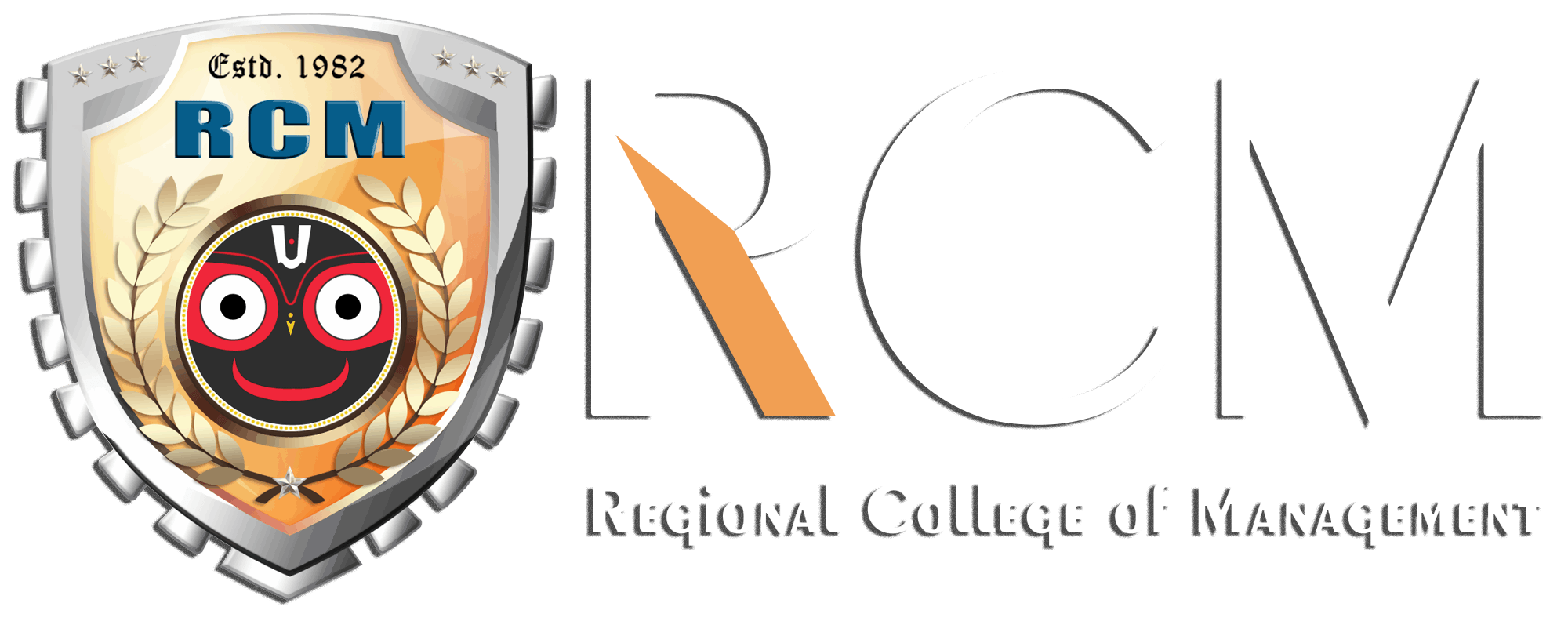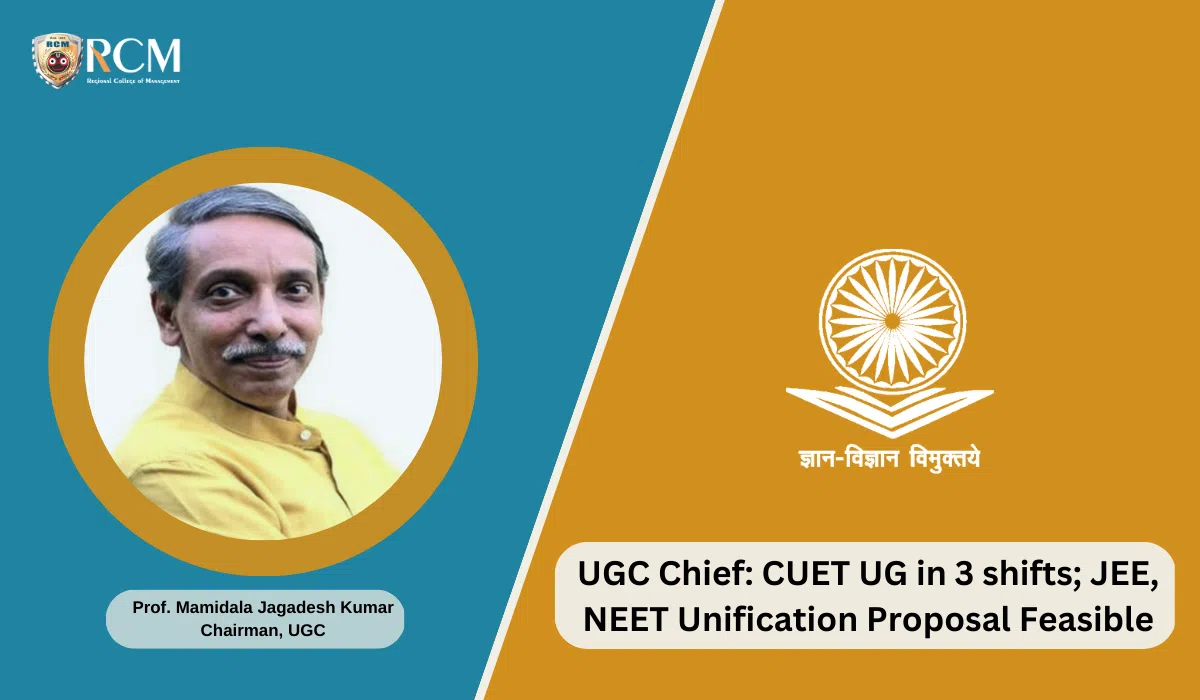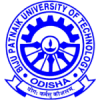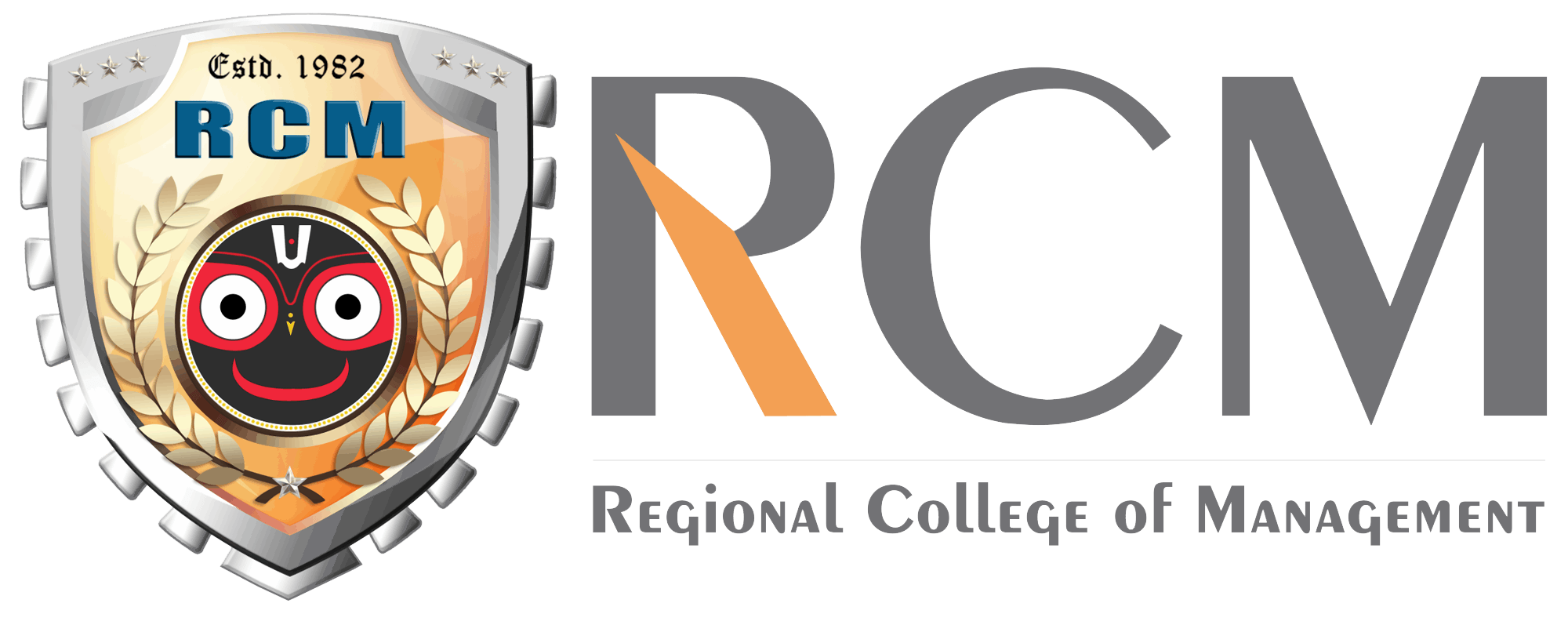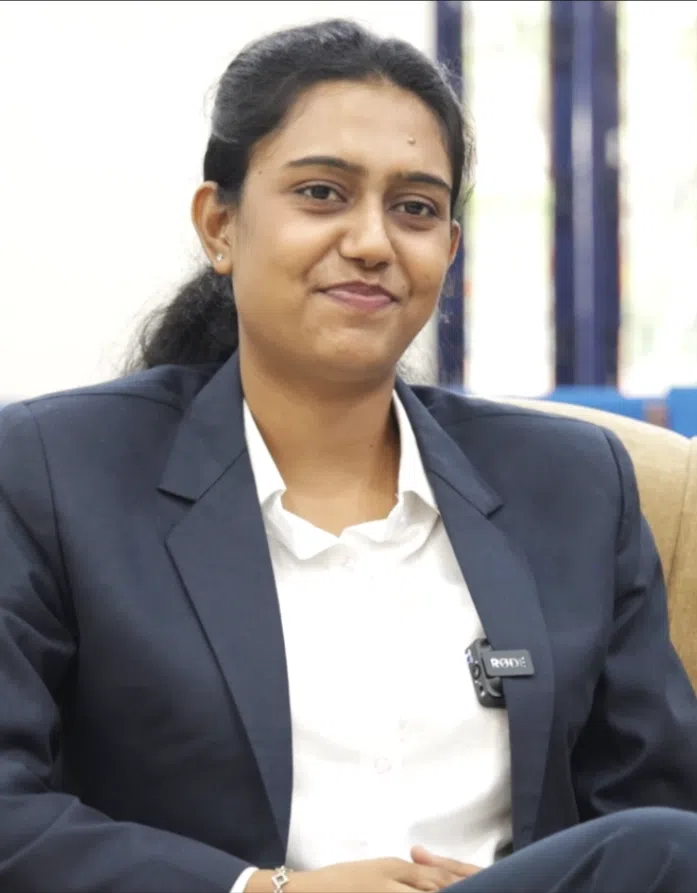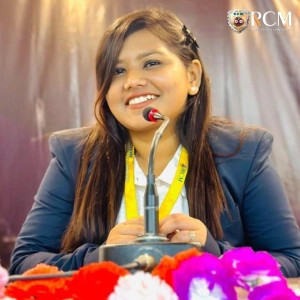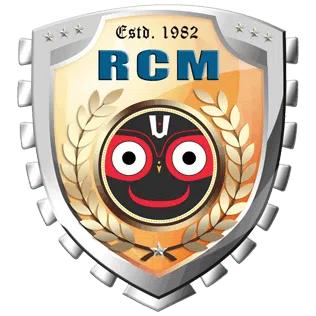According to UGC Chairman M. Jagadesh Kumar, the National Testing Agency (NTA) and the University Grants Commission (UGC) are ready to make sure that the second edition of the CUET-UG is error-free.
UGC Chairperson M Jagadesh Kumar announced that this year, the authorities will conduct the Common University Entrance Exam (CUET-UG) in three shifts instead of two. They will also announce plans to merge CUET-UG with major entrance tests like JEE and NEET. This will be done at least two years in advance.
In an interview with PTI, Kumar stated that the National Testing Agency (NTA) and the University Grants Commission (UGC) are ready to guarantee that the second edition of CUET-UG is error-free.
“With respect to the experience of students last year, I do agree that at a few centres, there were glitches. This year we are taking care of all issues related to those kinds of experiences that the students went through. We will make sure that this time the students have to focus only on exams and not on any possible glitches. And how are we doing that?
“We are doing this by identifying the centres well in advance and by looking at the infrastructure that is available, including the computers, bandwidth, and technical personnel at the centres. This will ensure that the second edition is glitch-free,” he said.
“I agree that several glitches disrupted the exam last time, but this year we have ironed out all issues. Keeping in mind the students’ experience, we have chalked out a plan. This plan ensures candidates only worry about the exam and not any glitches,” he said.
Kumar said the authorities arranged extra computers and additional centres as a plan B. This way, if any glitches occur, they can shift candidates there and avoid cancelling the exam for that shift.
The UGC chief also announced that, deviating from the usual pattern, they will conduct the exam in three shifts this year.
Asked about the proposal to merge CUET with the engineering entrance exam JEE and the medical entrance exam NEET, he said, “It is definitely doable. ChatGPT said:
They are working out the details. Whenever they merge the exams, they will announce it at least two years in advance. This is so students can prepare accordingly.
“NEP 2020 has clearly said the burden should be reduced on students by having a single national-level entrance examination. We floated the idea to mentally prepare students. NEP has proposed such a thing and that there is a possibility in the coming years. We are working internally, on how to take this forward.”
The UGC declared in March of last year that all central universities would conduct undergraduate admissions through a common entrance test. This is instead of on the basis of class 12 grades.
The NTA canceled the exam at several centres after difficulties hampered the first edition of CUET-UG. It was conducted in July last year. Officials turned away several students from centres, even though some students received cancellation notices the night before the exam.
The authorities cancelled the exams at certain centres after reports of “sabotage” emerged, said the UGC chairman.
With 14.9 lakh registrations, the CUET, the common gateway for undergraduate admissions in all central universities, has become the second biggest entrance exam in the country. It surpasses JEE-Main’s average registration of nine lakh.
“We have already received over 11.5 lakh registrations this year. Kumar said, “We have extended the deadline till March 30, and we expect the applications to surpass last year’s number.”
Asked about the “normalisation” of scores, which disappointed several aspirants as their marks reduced from their original scores. This made it difficult for them to get into their dream college, he said that officials made efforts to minimize any errors during the process.
He said, “We compressed the exam schedule to 10 days this year instead of over one and a half months. This was to minimize errors in the normalisation because the variation increases when exams run over a longer period.”
A panel comprising professors from the Indian Statistical Institute, IIT Delhi, and Delhi University decided on the normalisation formula. They used the “equipercentile method.”
Kumar explained that CUET centres have been identified in three categories.
“We have categorized the centres into categories A, B, and C. So we divided some centres where we faced problems last year into category C, and we will not use those centres this time.
“We will handhold the centres in Category B, complete some groundwork, and provide appropriate infrastructure.” Category A centres are absolutely fine, ” he said.
(Source: OTV News )
